Fine Beautiful Info About Deferred Revenue Liabilities Balance Sheet
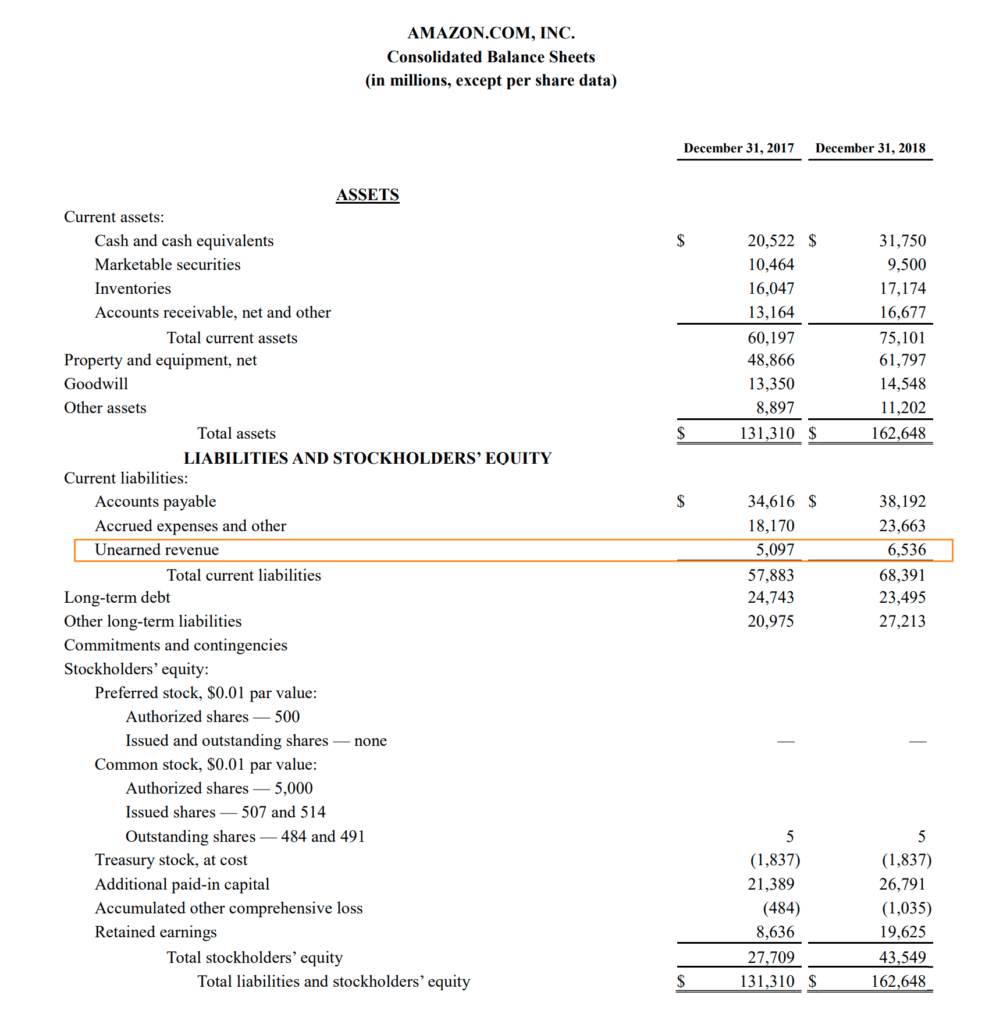
On august 31, the company would record revenue of $100 on the income statement.
Deferred revenue liabilities balance sheet. The term deferred signifies that the delivery of these items is postponed. Below liabilities on the balance sheet is equity, or the amount owed to. Deferred revenue is a liability on a company's balance sheet that represents a prepayment by its customers for goods or services that have yet to be delivered.
You record deferred revenue as a short term or current liability on the balance sheet. The left side of the balance sheet outlines all of a company’s assets. Ias® 12 defines a dtl as being the amount of income tax payable in the future periods in respect of a taxable temporary difference.
Deferred tax is accounted for as per ias® 12, income taxes. Cfi’s financial analysis course as such, the balance sheet is divided into two sides (or sections). Current liabilities are expected to be repaid within one year unlike long term liabilities which are expected to last longer.
This guide will delve into the nuances of deferred revenue, its significance as a liability, and the intricacies of associated journal entries. Just because you have received deferred revenue in your bank account does not mean your clients will not ask for a refund in the future. The revenue standard does not specify whether a reporting entity is required to present its contract assets and contract liabilities, or other balance sheet accounts related to contracts from customers (e.g., refund liabilities), as separate line items in the statement of financial position.
Journal entry for deferred revenue when a customer makes an advance payment, it results in two simultaneous accounting entries: Deferred revenue should be recorded as a liability in the balance sheet. I ncrease in cash (asset):
A deferred tax liability (dtl) is listed on the balance sheet that shows taxes that are payable in the future. Instead, you will report them on your balance sheet as a liability. Money received for the future product or service is recorded as a debit to cash on the balance sheet.
Additionally, some industries have strict rules governing how to treat deferred revenue. Deferred revenue is an obligation on a company's balance sheet that receives the advance payment because it owes the customer products or services. The deferred tax liability on a company balance sheet represents a future tax payment that the company is obligated to pay in the future.
Deferred revenue affects the income statement, balance sheet, and statement of cash flows differently. First, since you have received cash from your clients, it appears as part of the cash and cash equivalents, which is an asset. Liabilities are presented as line items, subtotaled, and totaled on the balance sheet.
November 21, 2023 deferred revenue, often perceived as a complex topic in financial accounting, plays a critical role in accurate revenue recognition and balance sheet management. In this context, it pertains to the conversion of liabilities into revenue on the balance sheet. Deferred revenue meaning deferred revenue is the amount of income earned by the company for the goods sold or the services;
As services are provided each month according to the subscription terms, deferred revenue will move from liabilities to assets as accounts receivable. The accounting process involves shifting liabilities to revenue and assets to expenses. The cash or bank account of the business increases.
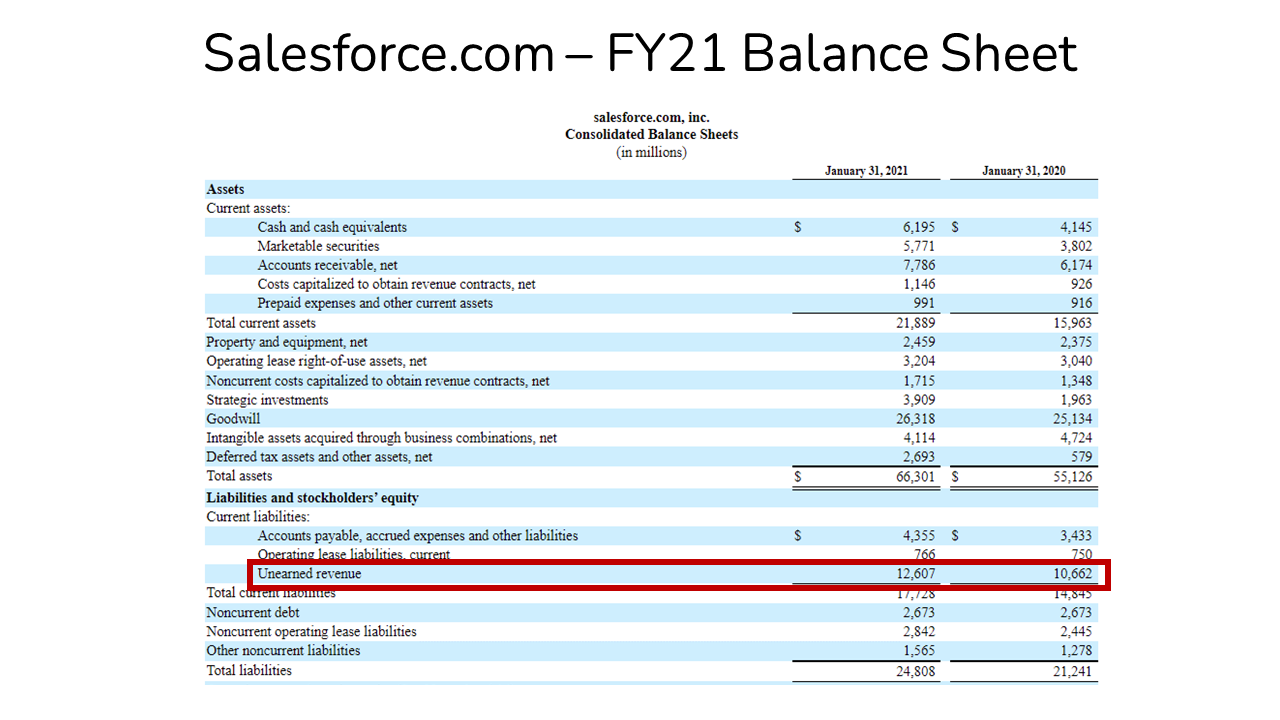
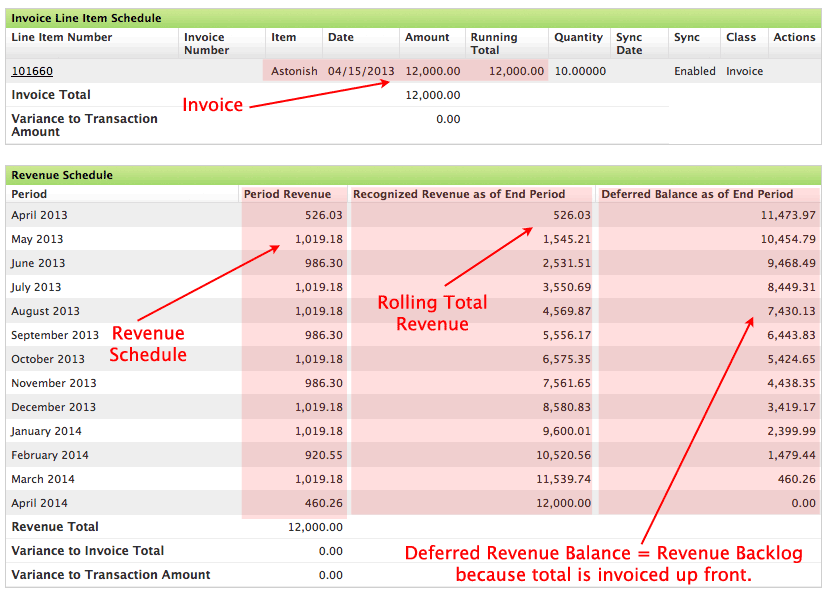


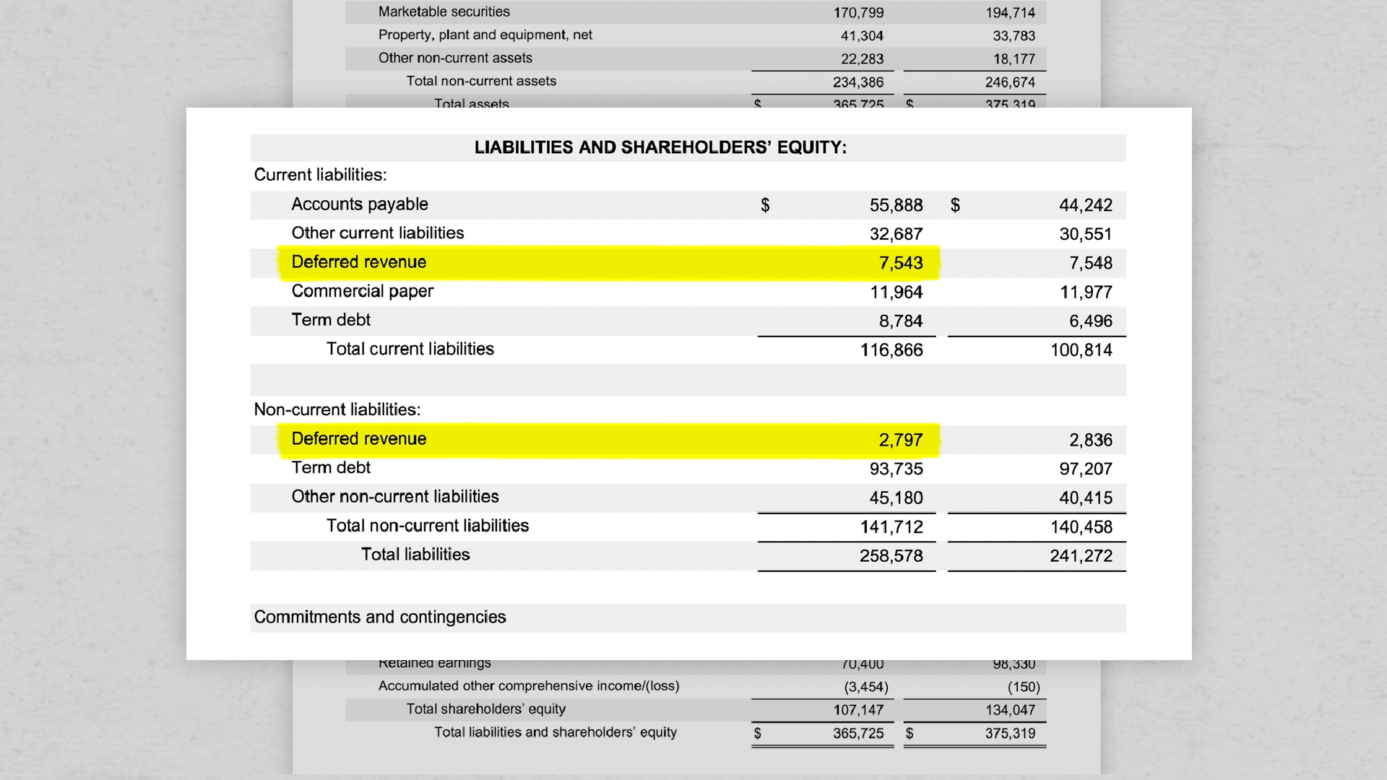



:max_bytes(150000):strip_icc()/Terms-d-deferred-revenue-Final-a8fb680c51014901a4b8f88ac7fb7f77.jpg)
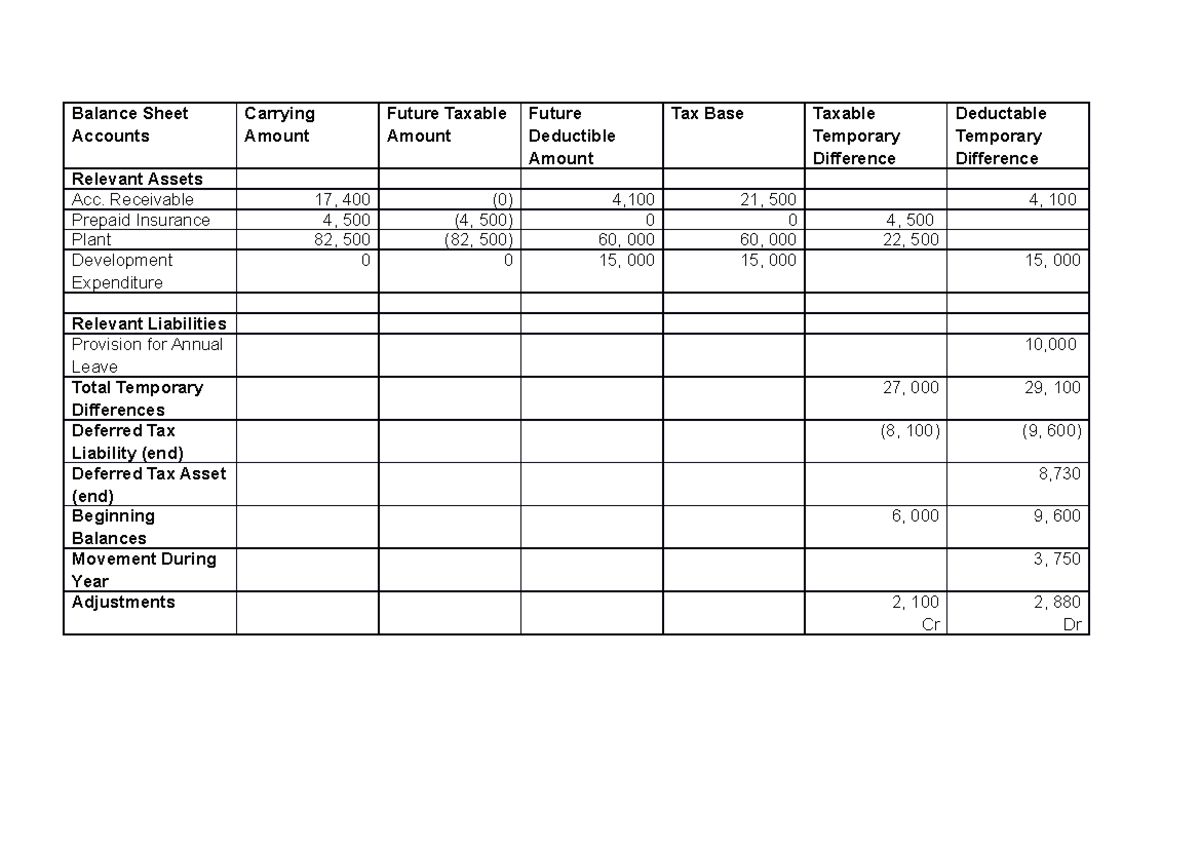
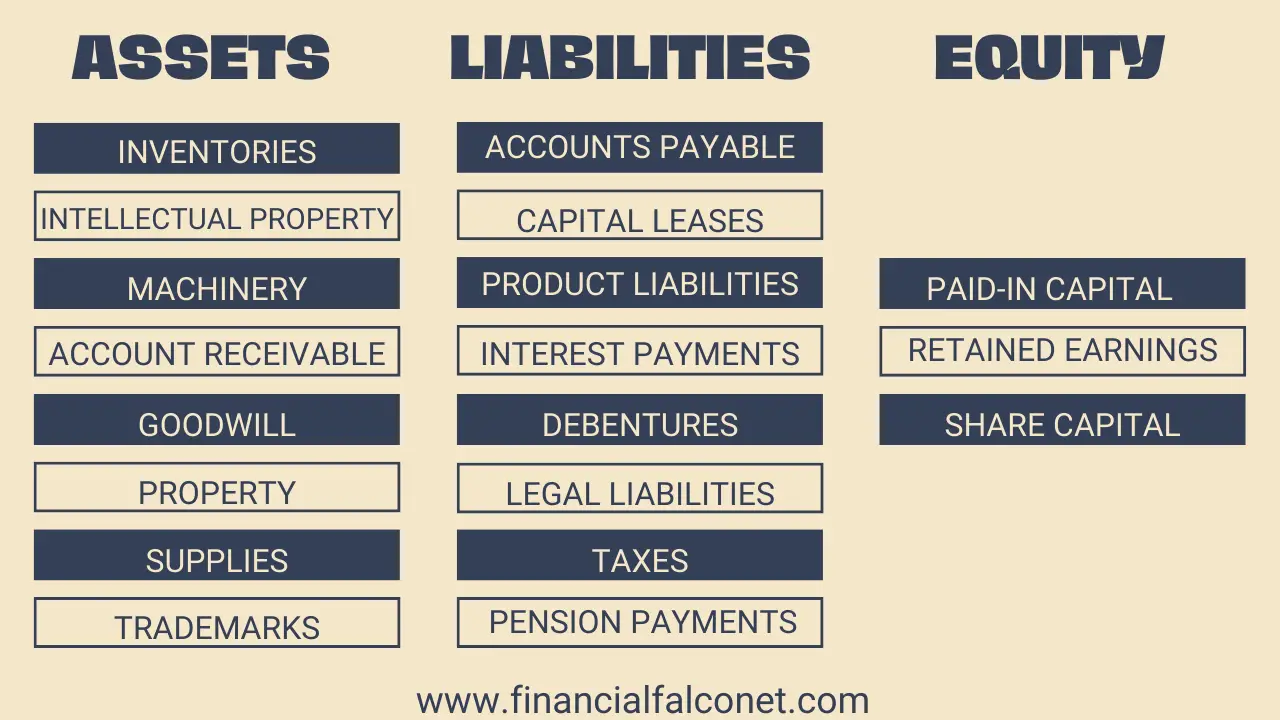
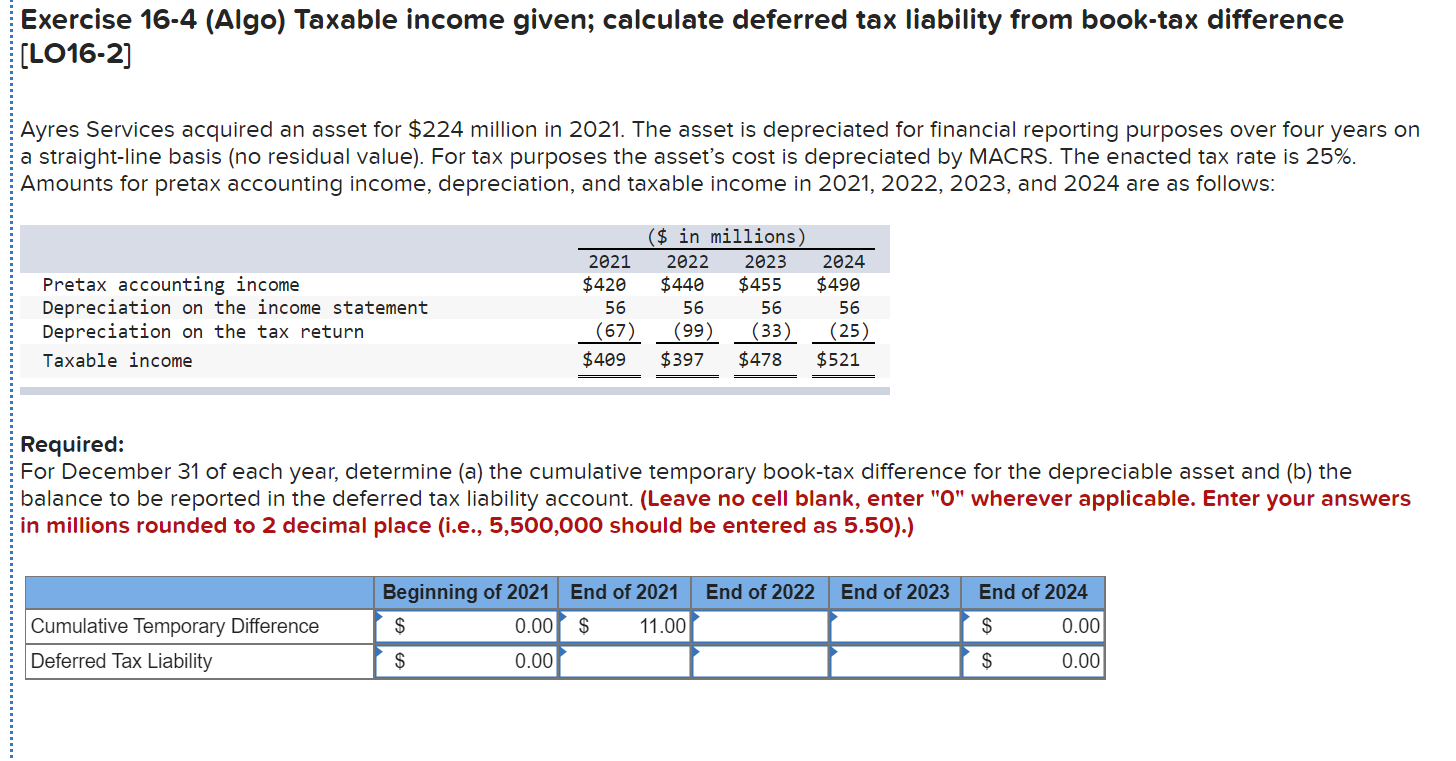
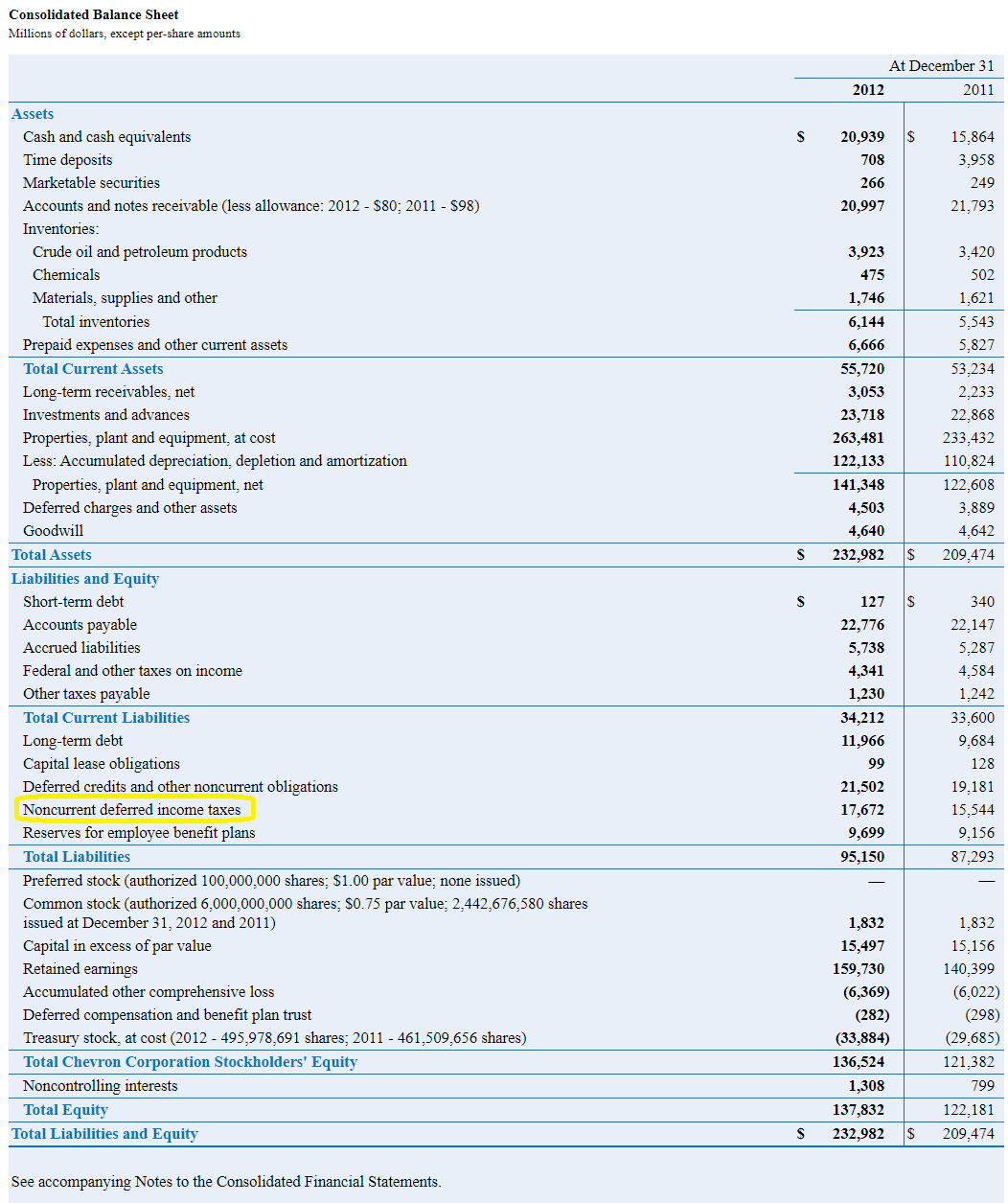

:max_bytes(150000):strip_icc()/deferredincometax-v3-b8dc55e780ab4f47a0987161ece97060.png)
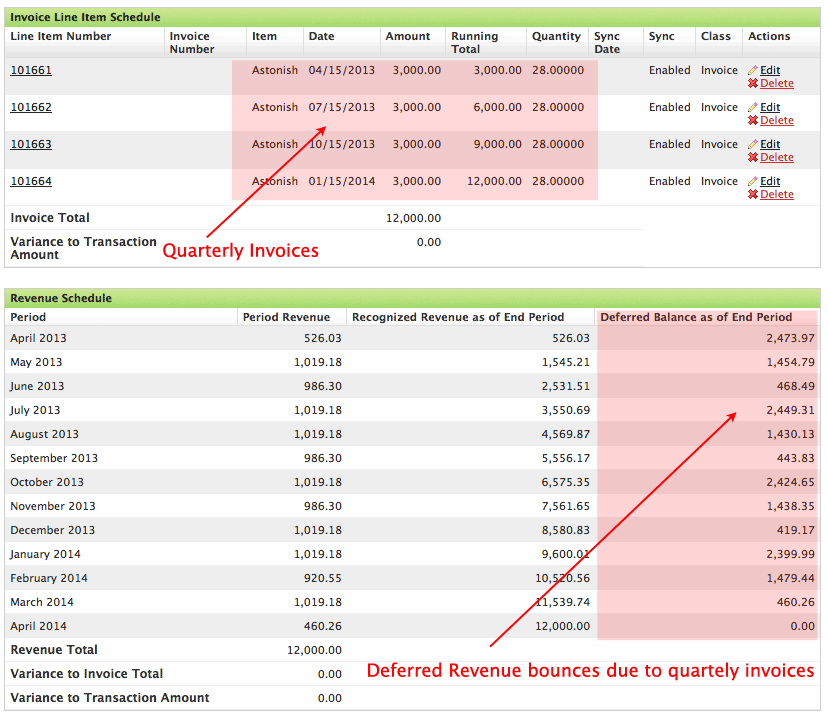
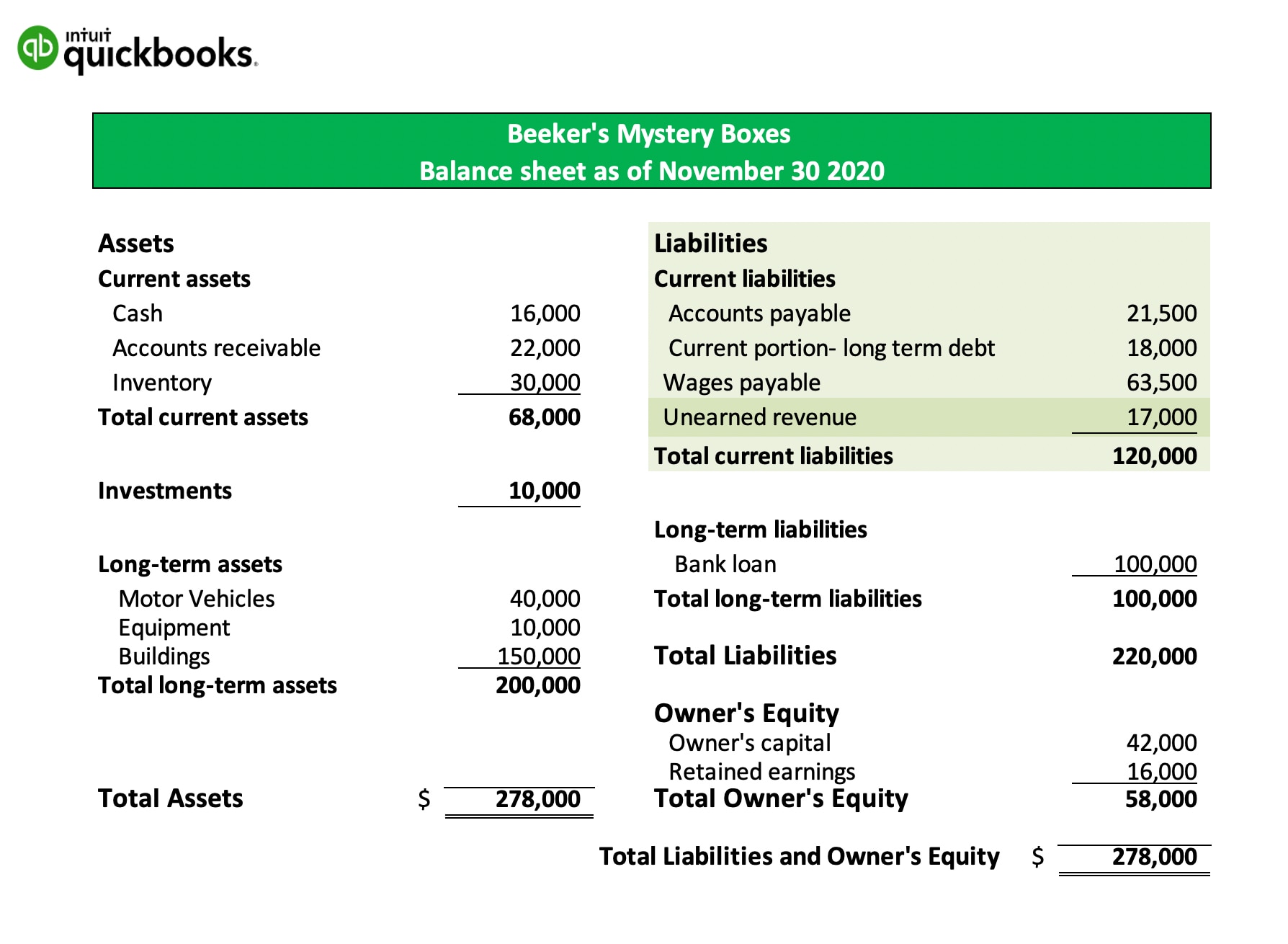

:max_bytes(150000):strip_icc()/ScreenShot2020-10-27at3.34.43PM-253260b7e64f402aa5b3951a5d781292.png)